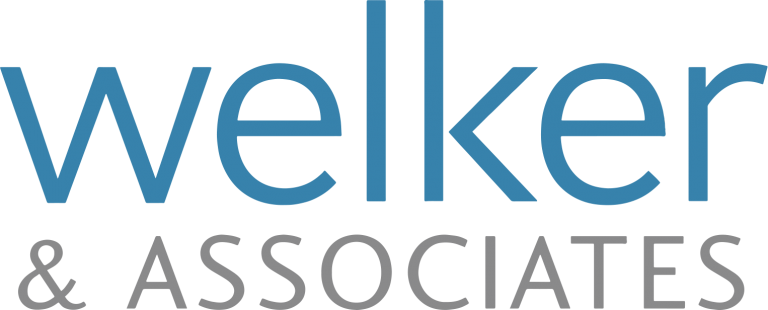Many people who have filed personal bankruptcy in the past have difficulty e-filing their income tax return even after being discharged. The Canada Revenue Agency (CRA) does not allow individuals who have filed personal bankruptcy to e-file their income tax returns until the trustee has been discharged.
There are two discharges associated with personal bankruptcy filing
If you have filed personal bankruptcy and are trying to e-file a subsequent year income tax return, there are two discharges associated with each personal bankruptcy filing. The debtor’s discharge, which in many cases is automatic after a certain period of time, and the trustee’s discharge, which comes after the debtor is discharged and the trustee has completed the administration of the bankrupt estate.
The trustee’s role in the discharge process
Even if the trustee has not been discharged, you can still file your income tax returns in paper form and you will receive their income tax refund. The trustee tries to complete the administration of your personal bankruptcy file as quickly as possible and obtain the discharge.
In many cases there are outstanding items that remain after you have been discharged that the trustee is required to deal with prior to applying for his or her discharge.



